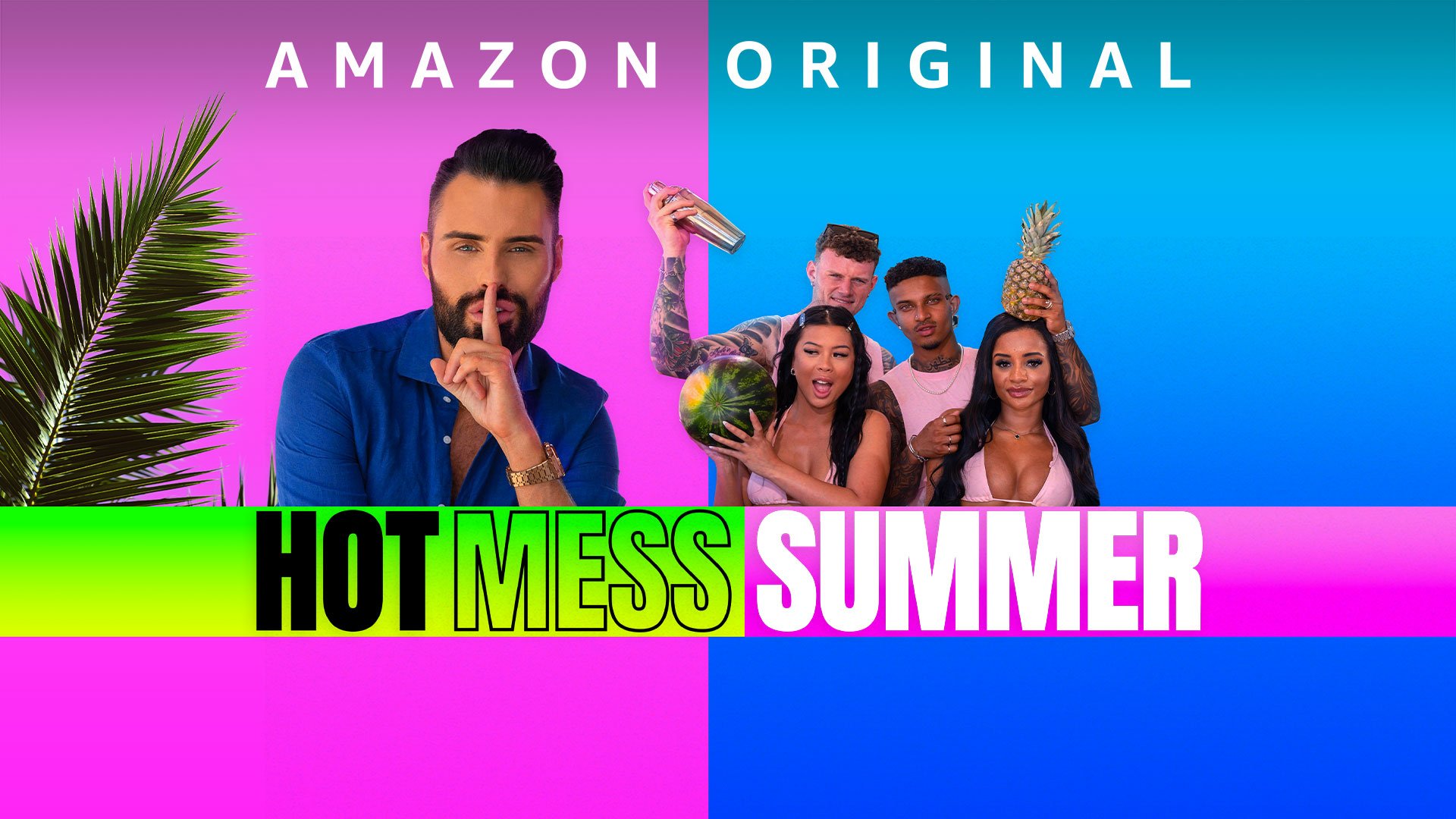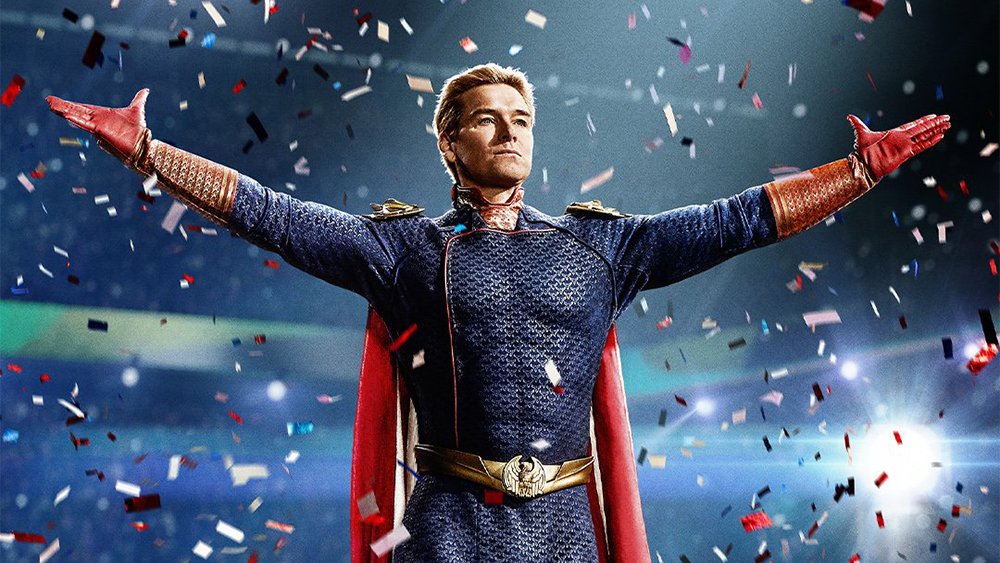the shake up to the AV ecosystem
Amazon Prime Video's recent rollout of ad integration for all UK customers marks a significant shift in the streaming industry, having learned from the missteps of Disney and Netflix, to effectively deliver mass-market reach for advertisers. However, what does this mean for UK broadcasters given the ongoing decline of traditional linear TV viewership, and what impact will that have for brands as they look to deliver effective AV plans?
Amazon seemed to learn from the low take up of Netflix and Disney ad offerings, by rolling out their ad proposition as an opt out service (with a £2.99 price increase). So far early murmurings suggest there has been little take up (we’re talking sub 5%), with most viewers happy to accept ads on the platform. Naturally ads & TV content are quite comfortable bed fellows - we’re used to seeing at least 16 minutes of ads with every hour of linear TV consumed, so a couple of minutes before a high quality Amazon show feels like nothing to TV fans.
Although Amazon have never publicly released their subscriber numbers, well-cited estimates put their cut through at close to 25 million monthly users - that’s 25 million monthly users who can now be reached in big screen, brand safe, Hollywood quality film & TV content to a predominantly 18-34 audience who tend to watch a decreasing amount of linear & BVOD content. Amazon marks a real opportunity for advertisers, and that’s before we dive into the first party data capabilities Amazon have available with the years of our purchasing behaviour easily accessible.
And this youthful audience is pretty hard to reach elsewhere. With fewer than 500,000 ad-supported subscribers on Netflix UK and an even lower take up on Disney+, Amazon truly remains as the only place to reach these ‘cord cutter, light TV viewer’ audiences. While Netflix still has the higher total subscriber base, they have a long way to go on the ads front to catch up with the reach potential now available on Prime.
Will they pivot once again given the immediate scale of Amazon - possibly, both Netflix and Disney are in trouble and an opt-out model could be the silver bullet they’re all looking for, but would subscribers accept it? Amazon have taken an almighty risk, assuming that because Prime Video comes bundled with the rest of the Amazon ecosystem (free next day delivery we’re looking at you) they’ve got more permission from viewers to make these changes without consent (or an opt in) than Netflix or Disney+ did. So far, murmurings of discontent and potential boycotts seem stuck on twitter (we still refuse to call it X) & reddit, it does seem like viewers are just prepared to accept ads on Prime.
And why wouldn’t they? Prime Video's strategic content releases further solidify its position in the market. In an effort to compete with popular reality TV franchises of ITVX and C4 Streaming, comes their very own version of Love Island meets Geordie Shore, Hot Mess Summer, hosted by ITV’s own frontman Rylan Clark. Moreover, the platform is investing in high-budget productions like "Mr & Mrs Smith," featuring renowned actor Donald Glover, signalling a commitment to delivering premium content that rivals even the budgets of HBO. New series of popular big budget anti-superhero thriller ‘The Boys’ returns in April, as does the final series of smash hit ‘Clarkson’s Farm’ & a new iteration of ‘The Grand Tour’. The high quality, big budget content will keep on coming.
This ultimately poses a problem for broadcasters' video on demand (BVOD) platforms like ITVX, Sky, and Channel 4 Streaming. As advertisers are already increasingly diverting budgets to digital platforms offering broader reach and targeted advertising capabilities, Prime creates a real challenge here.
How do BVOD platforms remain resilient. C4’s recently published ‘Fast Forward’ plan details their ambition to become a public service streamer in the hope of hitting 50% viewership on streaming in the next couple of years, complimented by the successful launch of ITVX delivering 2.7 billion streams in one year, show that BVOD still plays a significant role in viewers TV life. In addition, the launch of sub-demo audiences on C-Flight this quarter will finally help to quantify the true value of all BVOD elements and secure its place on plans for years to come.
Amazon Prime Video's introduction of ads for all UK customers represents a transformative moment in the streaming landscape. With traditional TV viewership on the decline, advertisers must seize the opportunities presented by BVOD, SVOD & now AVOD services (that’s one too many acronyms for my liking) to ensure their TV ads remain effective. Here at piqniq, let us guide you through that process to ensure that you’re effectively reaching your audiences in big screen moments, with viewed in full 30” ads.
Prime Video's move is poised to reshape AV plans moving forward, but to be truly effective we still need to bring in the whole ecosystem; for the moment at least Amazon & BVOD will continue to work complimentary together and both be an essential part of all AV planning. We’ll be on hand at piqniq to let you know if that changes anytime soon.






